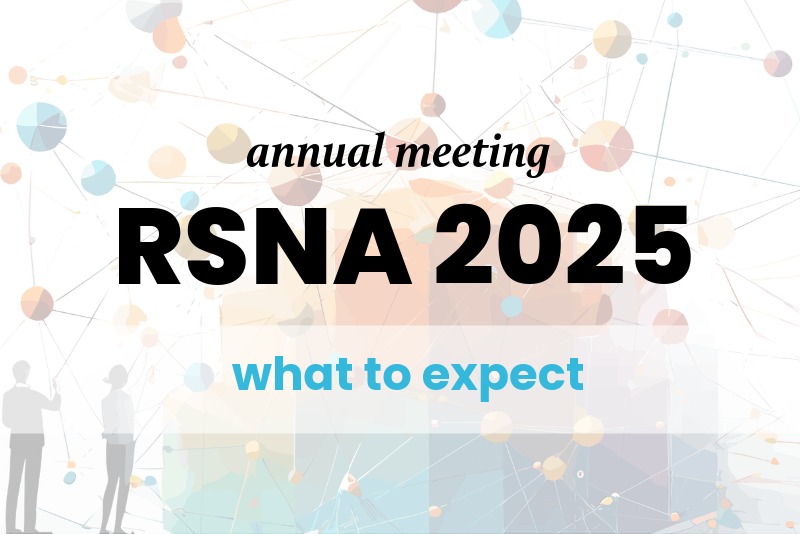RSNA 2025 is putting real energy behind risk-adjusted screening and the evolving roles of contrast-enhanced mammography (CEM) and breast MRI. For breast programs, the takeaway is practical: risk tools are moving from the research poster to the reading room, and CEM/MRI decisions are becoming operational levers you can plan around—especially for dense-breast pathways and overflow routing to subspecialists.
What’s new at RSNA: risk from the image itself
RSNA’s breast-imaging preview highlights sessions on image-only, 5-year breast cancer risk models, external validation work, and how MRI adds value in multi-modal AI. It also calls out global screening updates and a deeper look at background parenchymal enhancement (BPE) on MRI. RSNA
In parallel, the FDA granted De Novo authorization to the first image-only AI risk platform that predicts 5-year risk directly from a screening mammogram—an inflection point that makes risk-adjusted pathways far more scalable. Coverage from Radiology Business and BCRF explains the authorization and clinical intent. Radiology Business
Why it matters: average-risk guidance in the U.S. now begins screening at age 40 (USPSTF, 2024). Programs can layer image-based risk on top of that baseline to triage who needs annual vs. short-interval follow-up and who merits supplemental imaging. USPSTF
CEM is earning a seat next to MRI
Expect exhibits and sessions positioning CEM as a cost-effective, accessible adjunct—particularly for dense-breast populations and diagnostic workups. RSNA News recently framed CEM as a practical alternative to MRI in some screening/diagnostic scenarios, and new peer-review literature is refining technique (e.g., lower volume/higher-iodine contrast while preserving diagnostic performance). RSNA
On outcomes, the RACER trial in The Lancet Regional Health – Europe reported that using CEM as primary imaging for recalled women improved the accuracy and efficiency of the work-up compared with conventional imaging—evidence that will influence protocols beyond the show floor. The Lancet
MRI still leads for sensitivity—BPE is your underused signal
Breast MRI remains the sensitivity champion for high-risk patients and for problem solving. This year’s RSNA content spotlights BPE—how the level of background enhancement relates to tumor biology and outcomes. Recent reviews (2024–2025) synthesize BPE’s predictive/prognostic value, including associations with pathologic complete response after neoadjuvant therapy and survival in certain subtypes. SpringerLink
Practical move: standardize how you document BPE and incorporate it into structured reports and risk conferences; it’s becoming more than a descriptive footnote.
What to ask vendors at RSNA
- Risk engine proof: “Show external validation and calibration plots by density and race; how does your image-only model integrate into our mammography worklist and letters?”
- CEM logistics: “Demonstrate CEM acquisition workflows, contrast protocols, and how your viewer handles subtraction/kinetics alongside priors.”
- MRI + BPE analytics: “Can we standardize BPE capture in structured reports and trend it across treatment?”
As risk-first screening, CEM, and MRI gain real traction, the winners will be the programs that operationalize them quickly and consistently. If you’re planning your 2026 breast-imaging playbook, stop by Vesta at RSNA to see how our subspecialists, standardized templates, and overflow routing make risk-adjusted pathways usable on day one.




